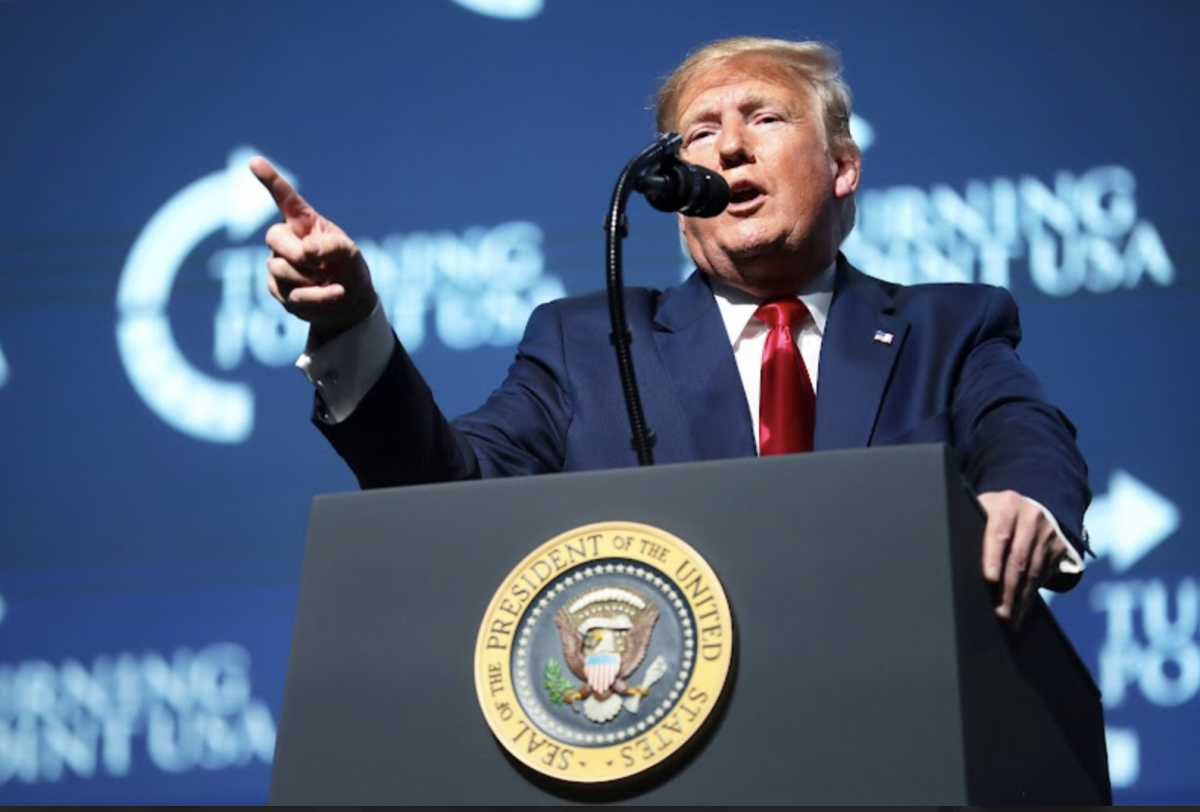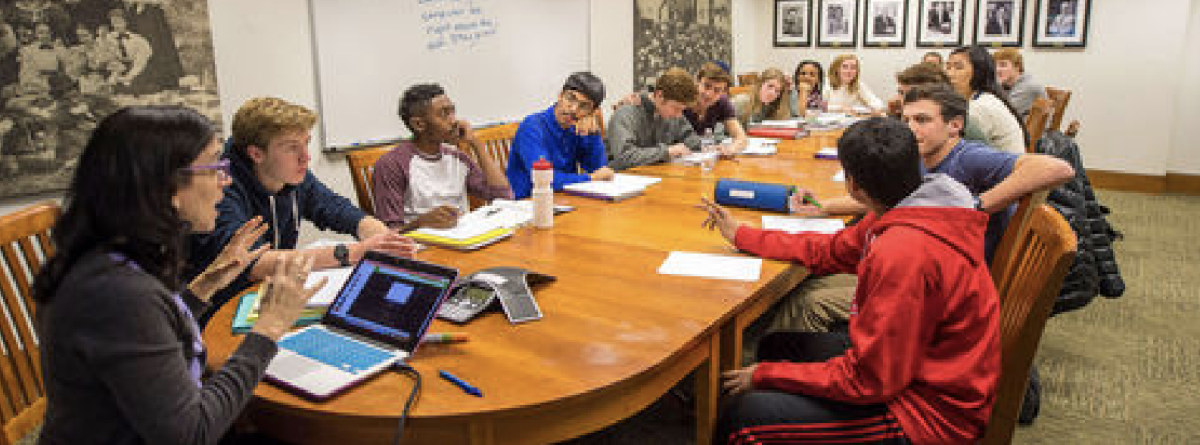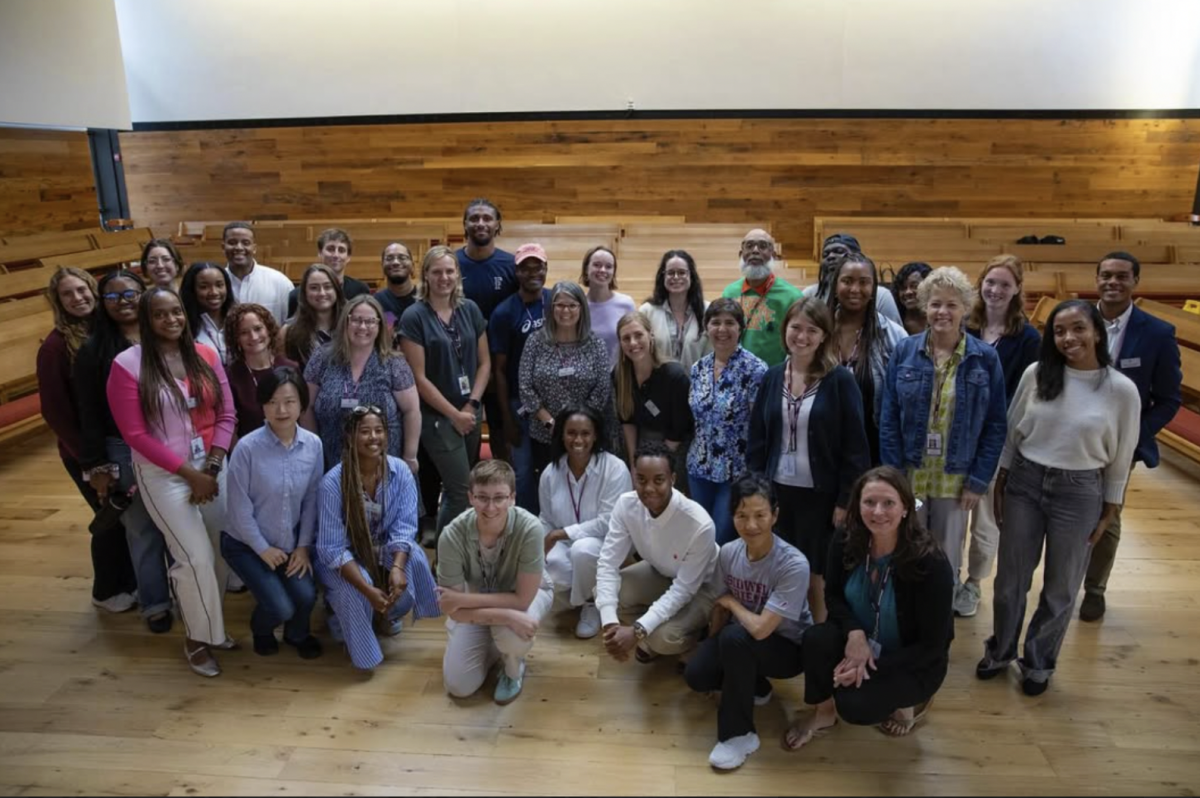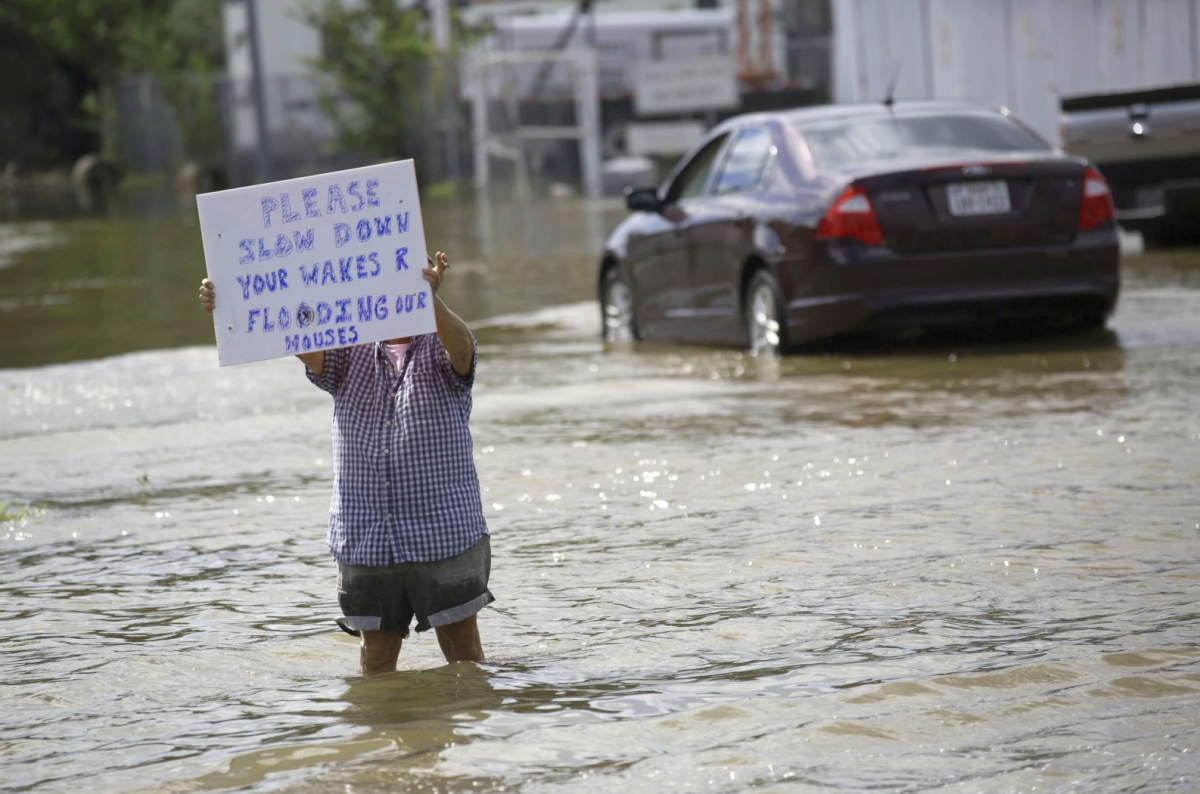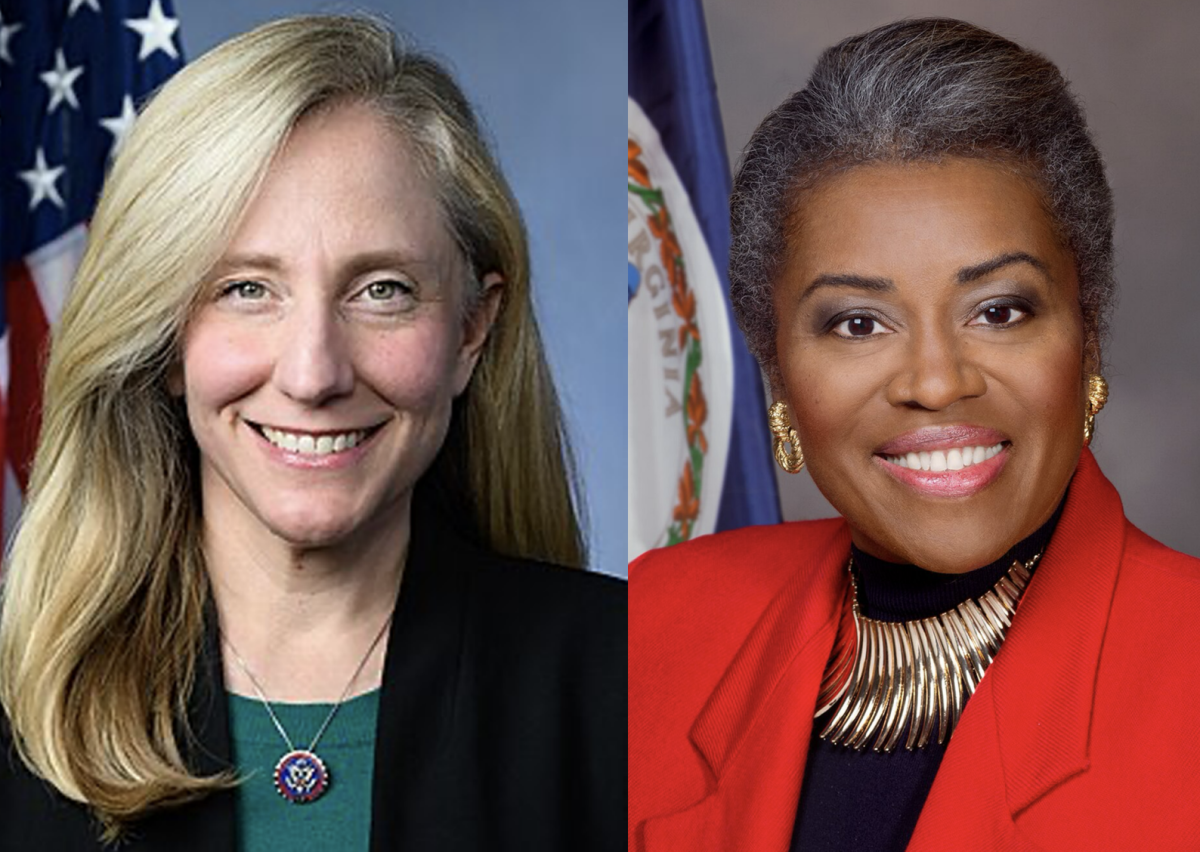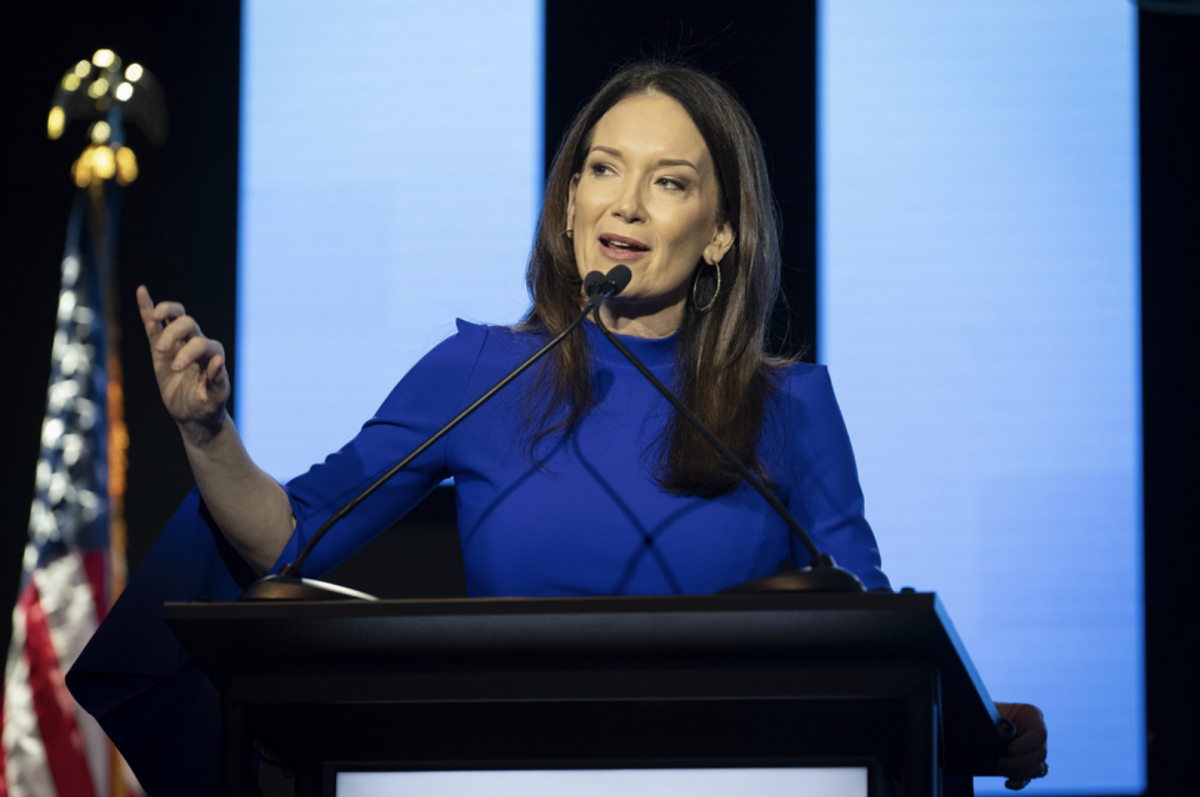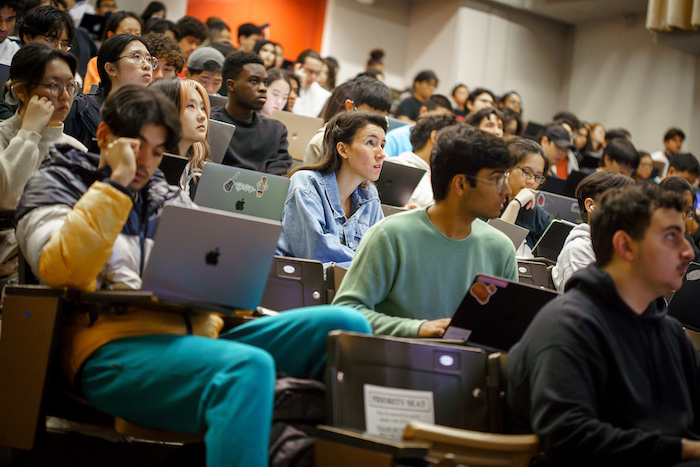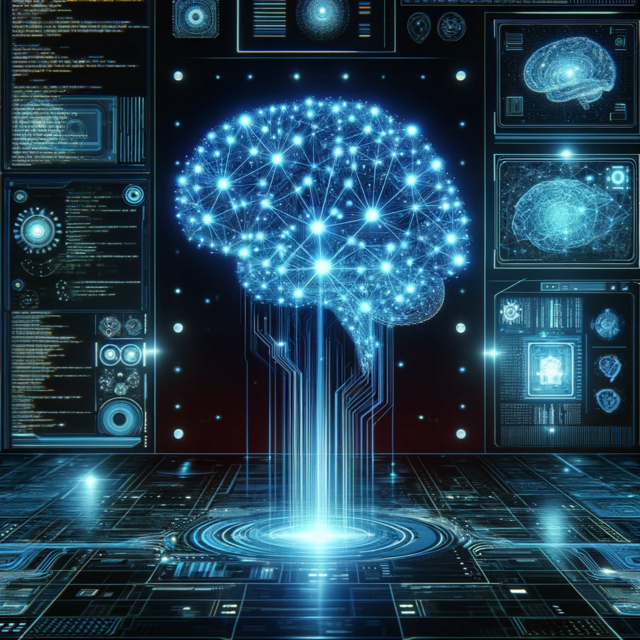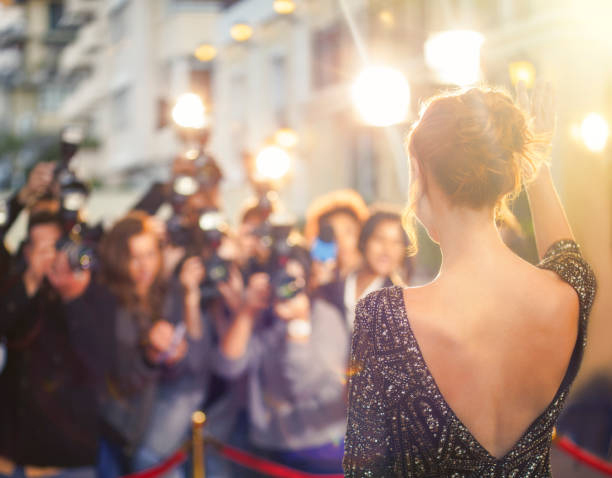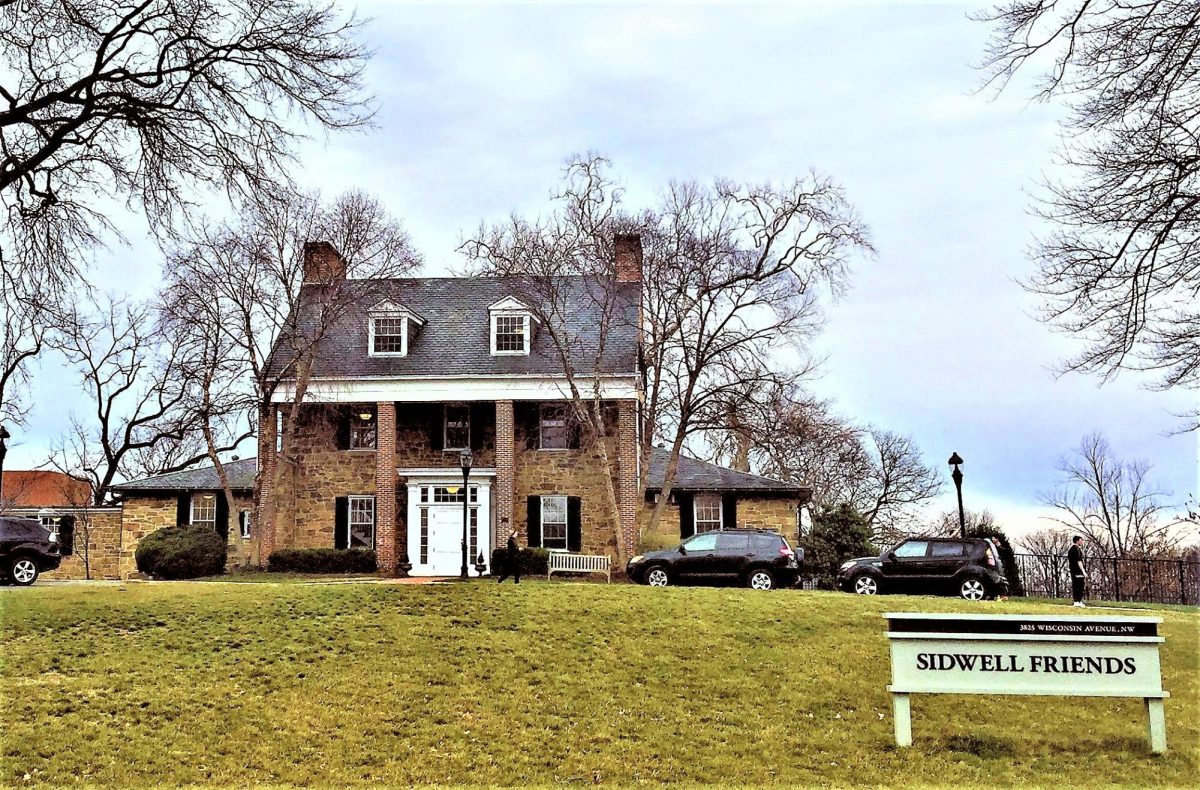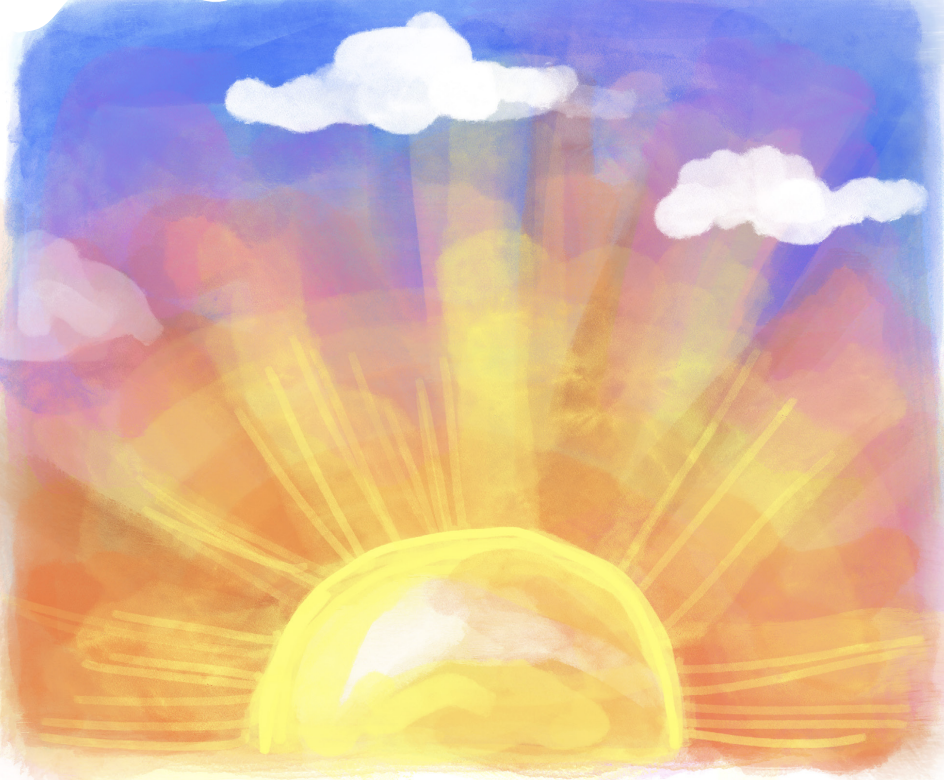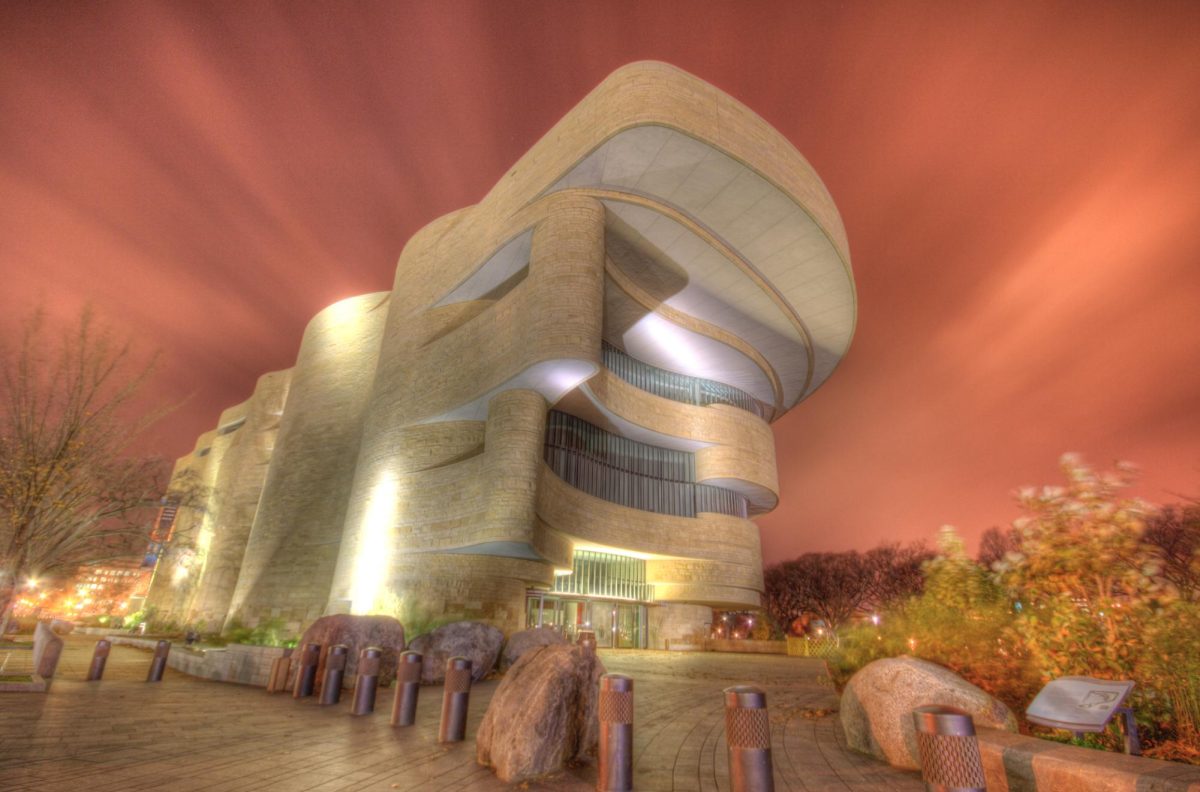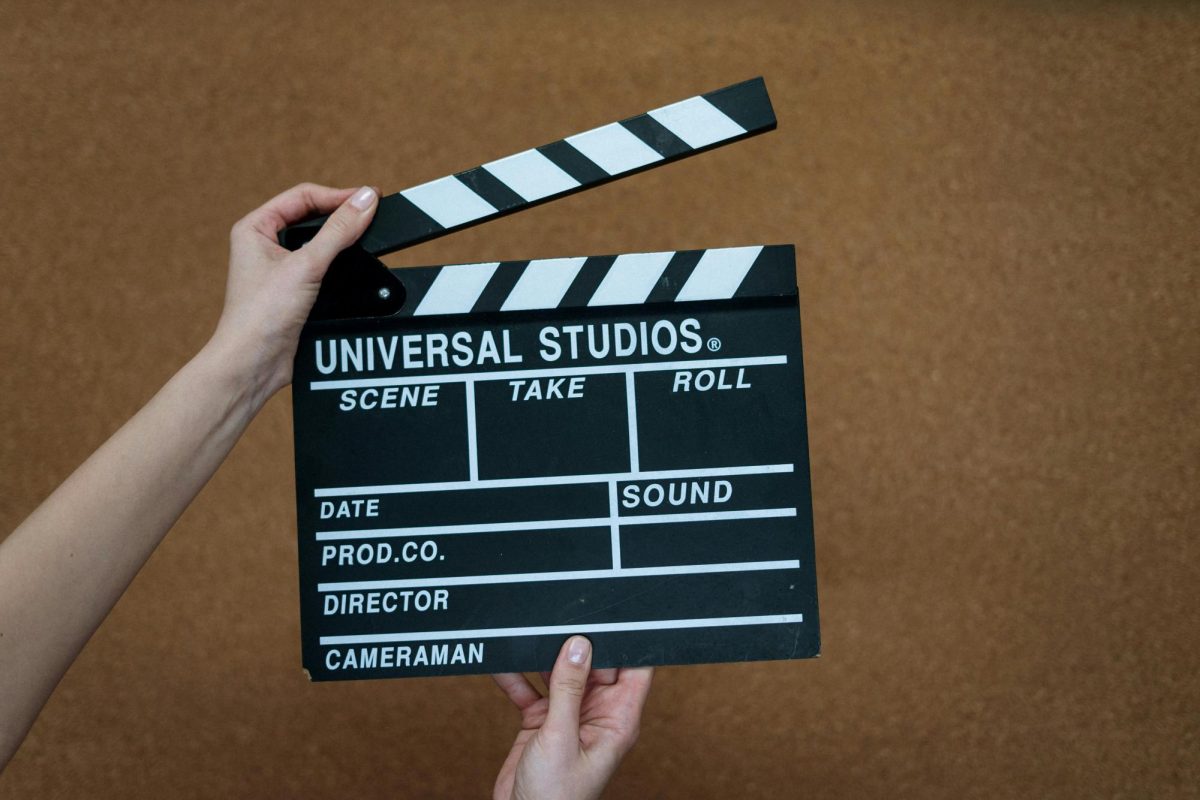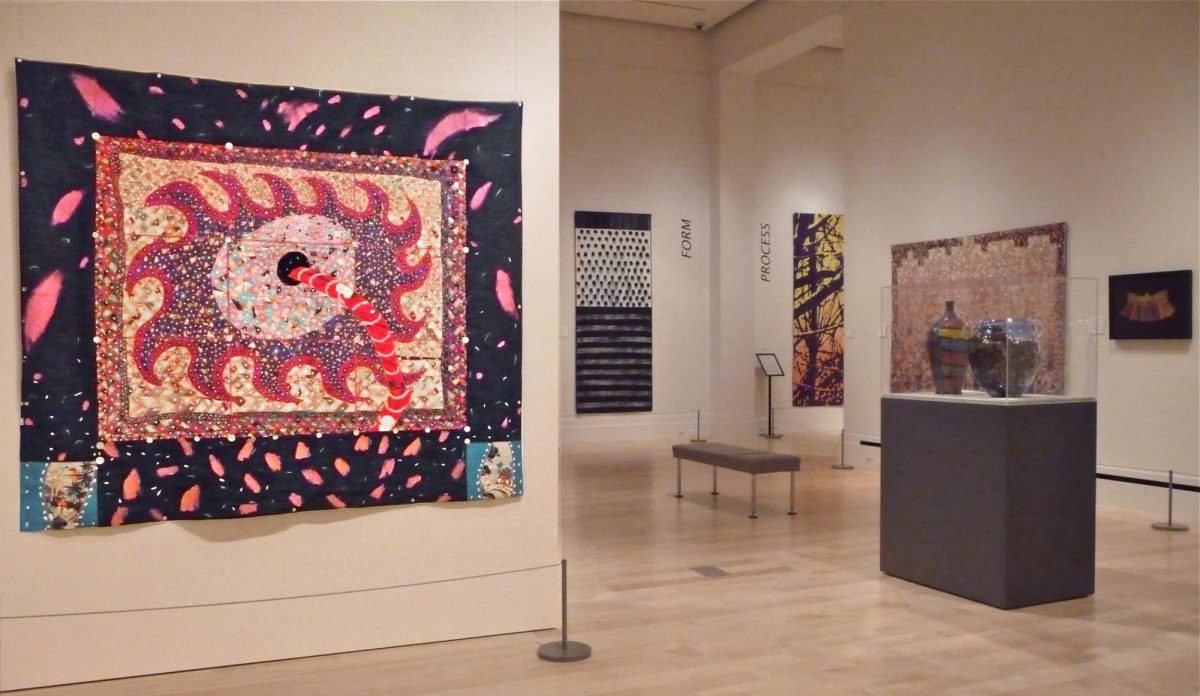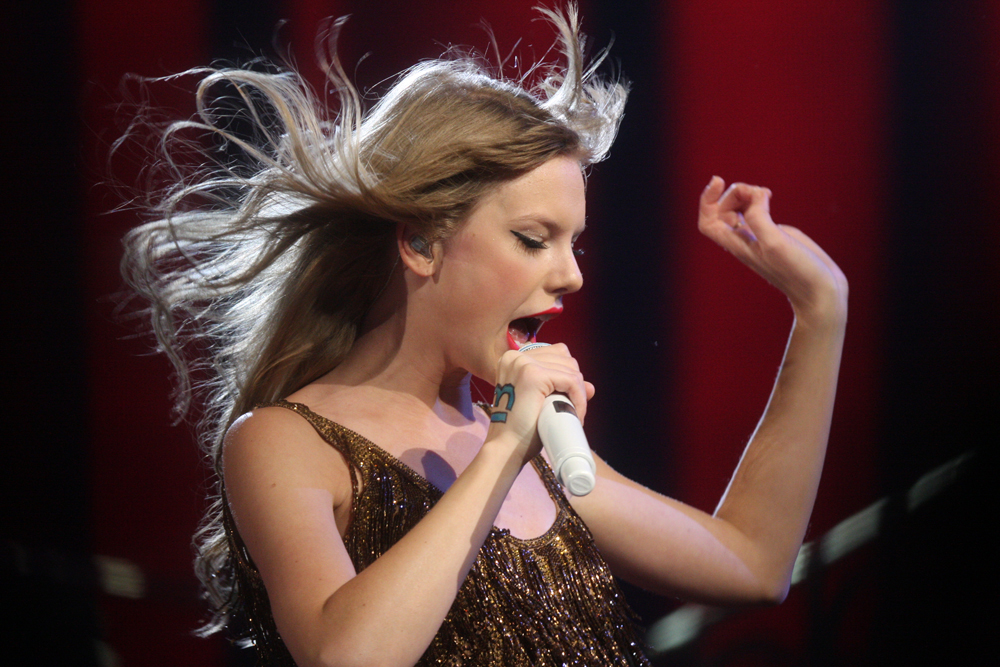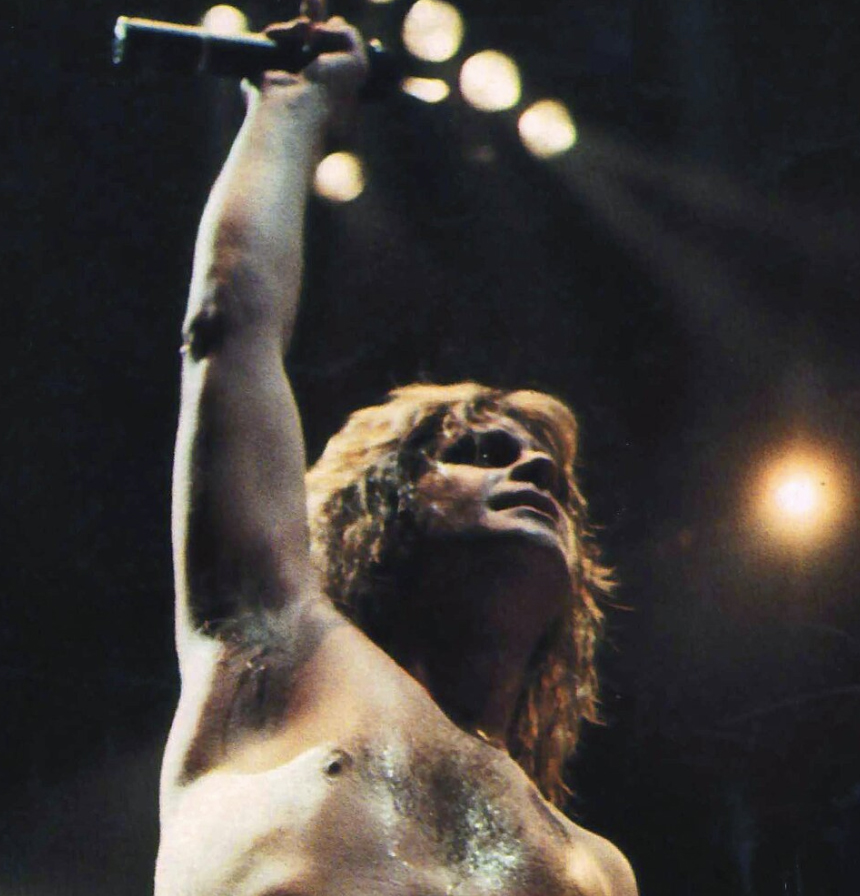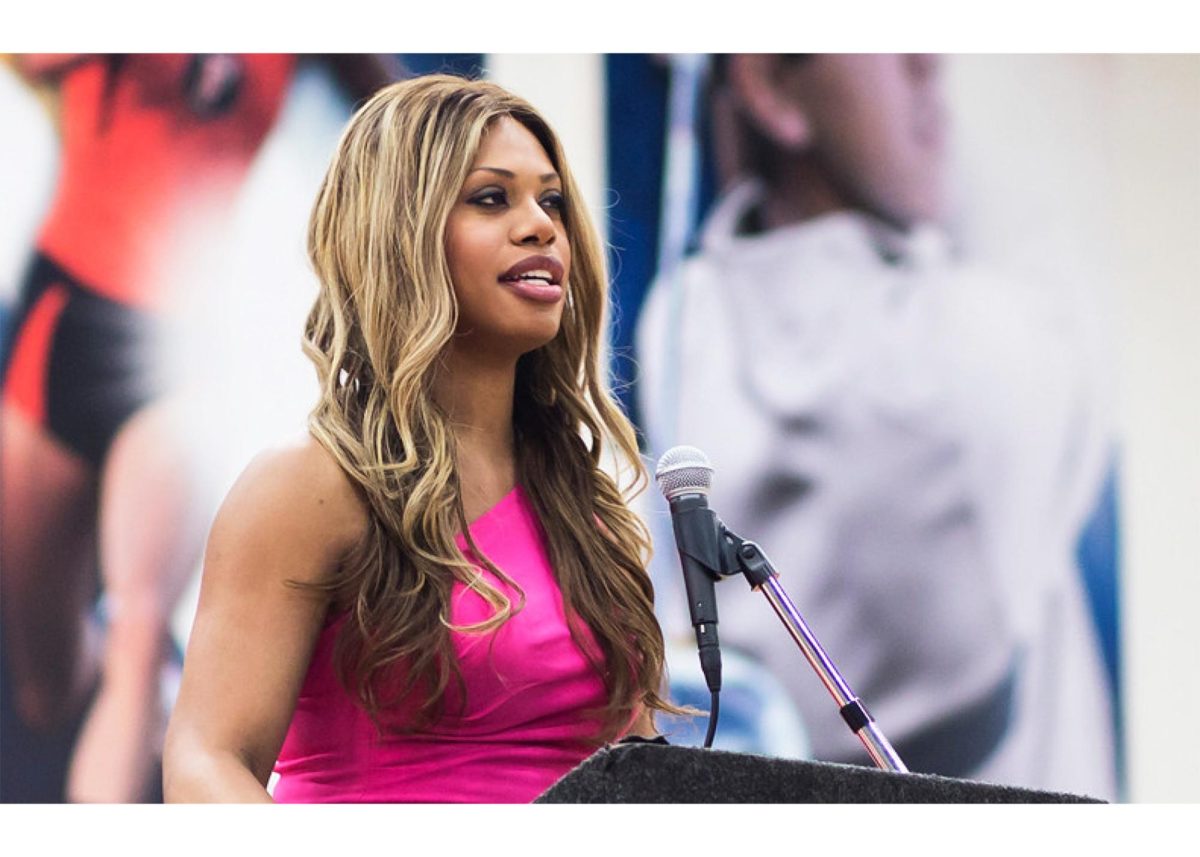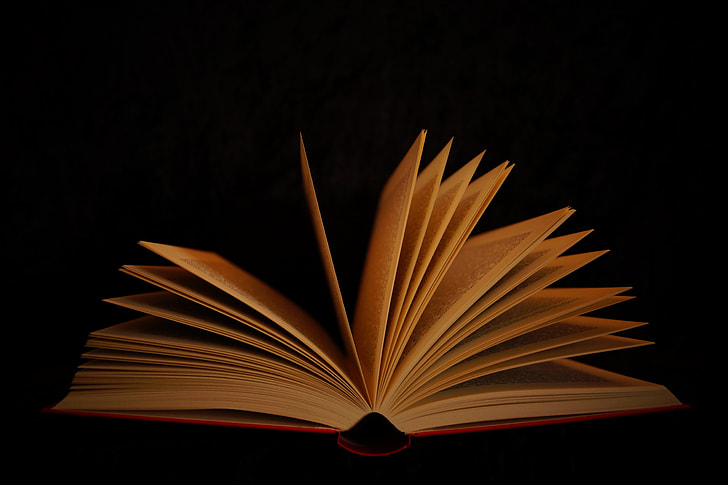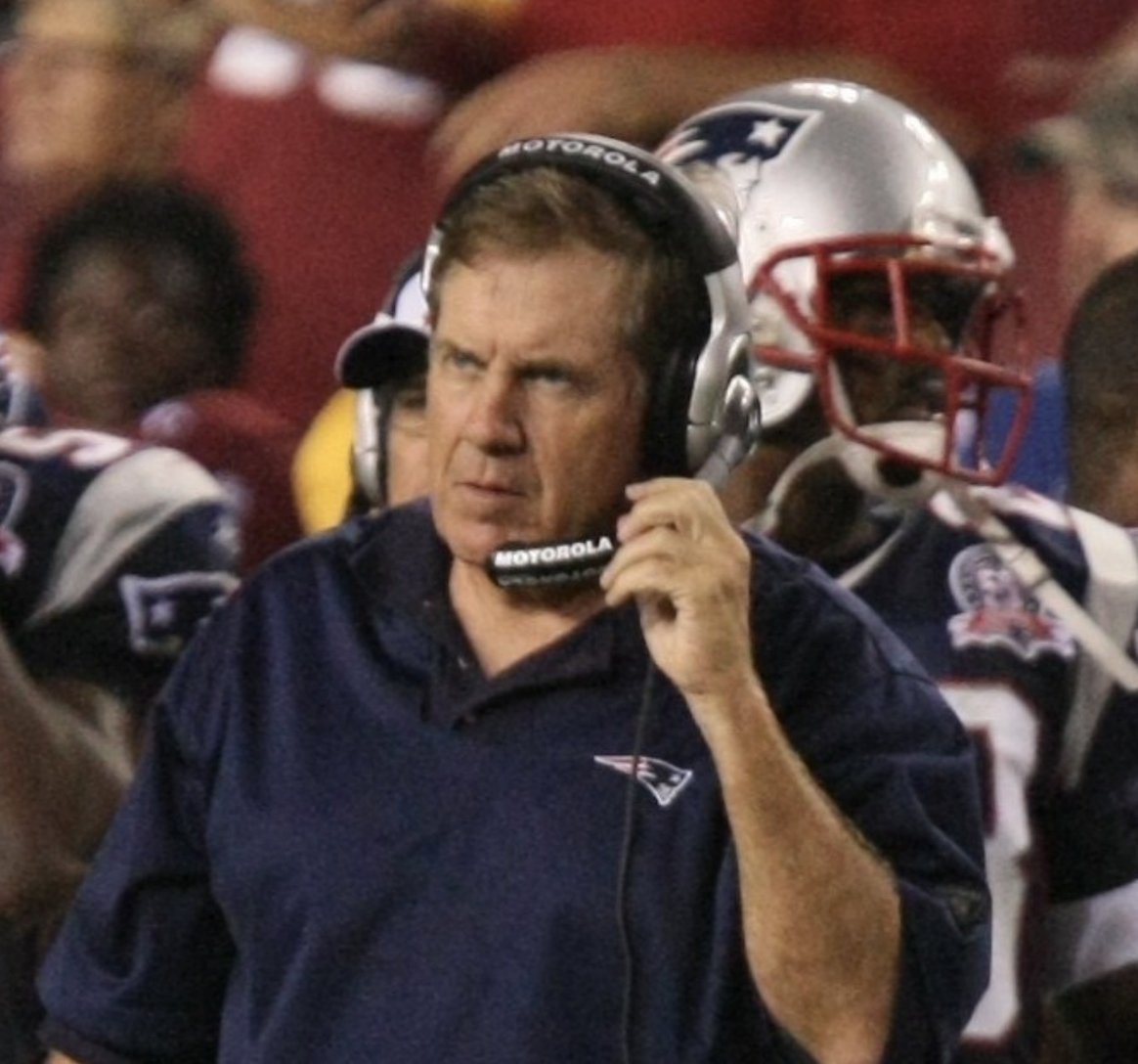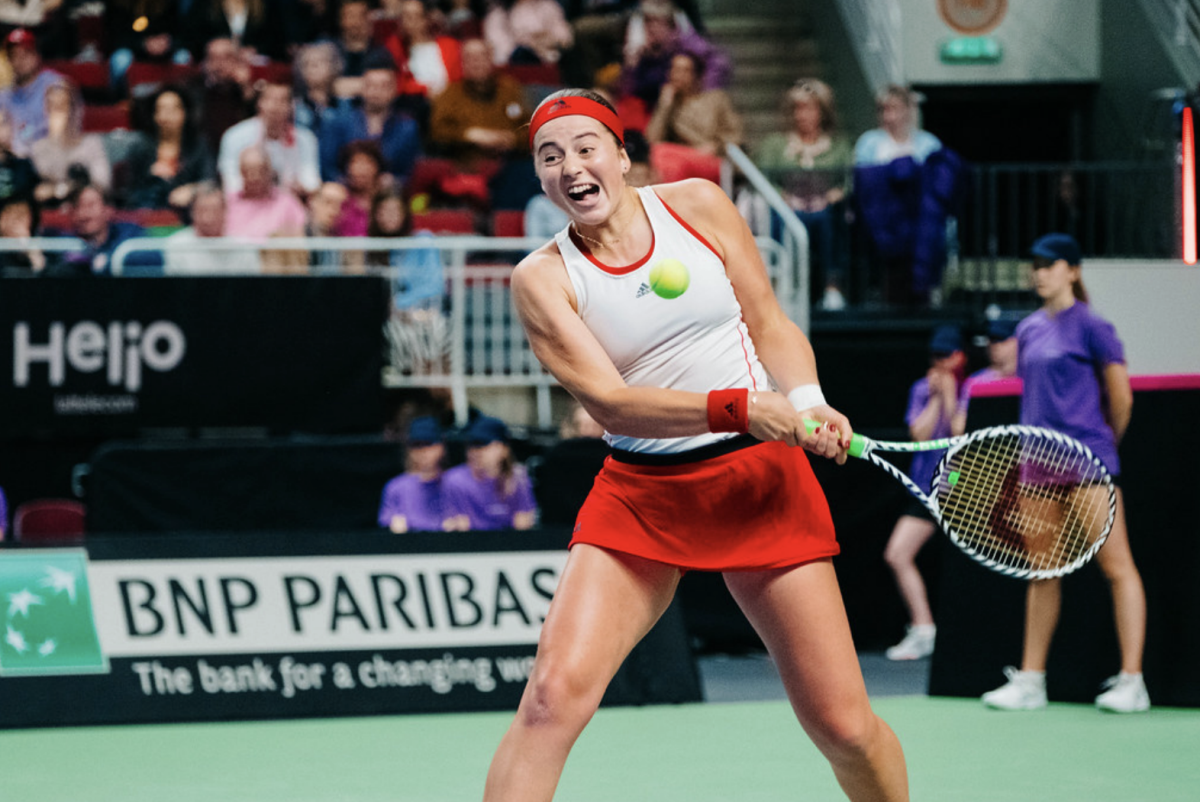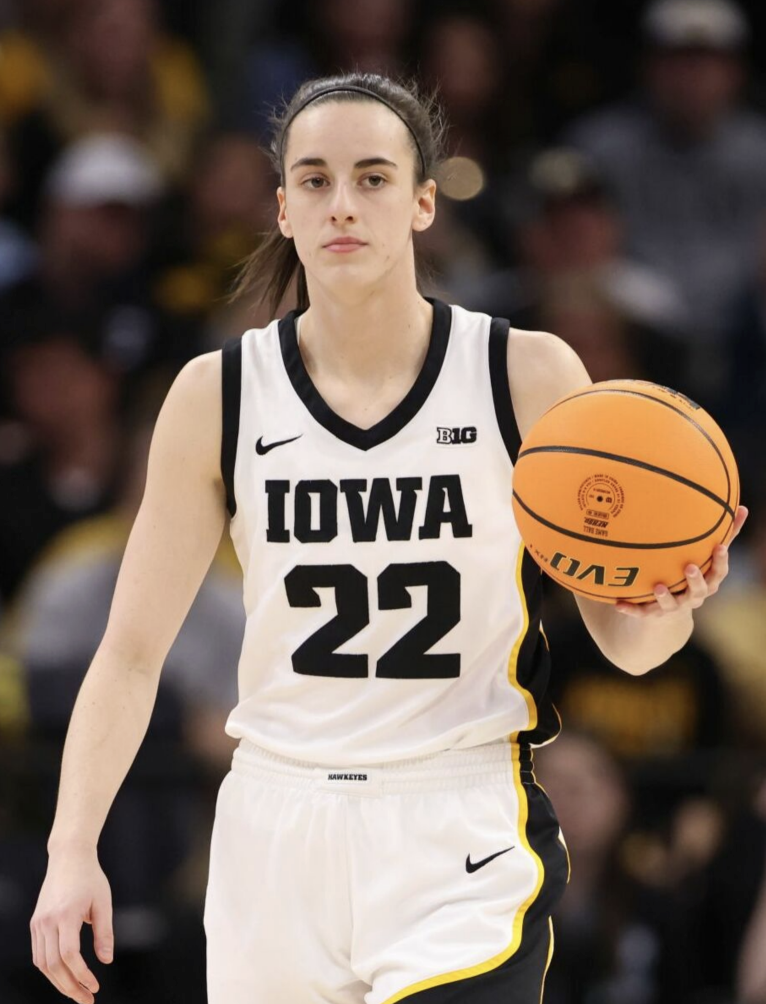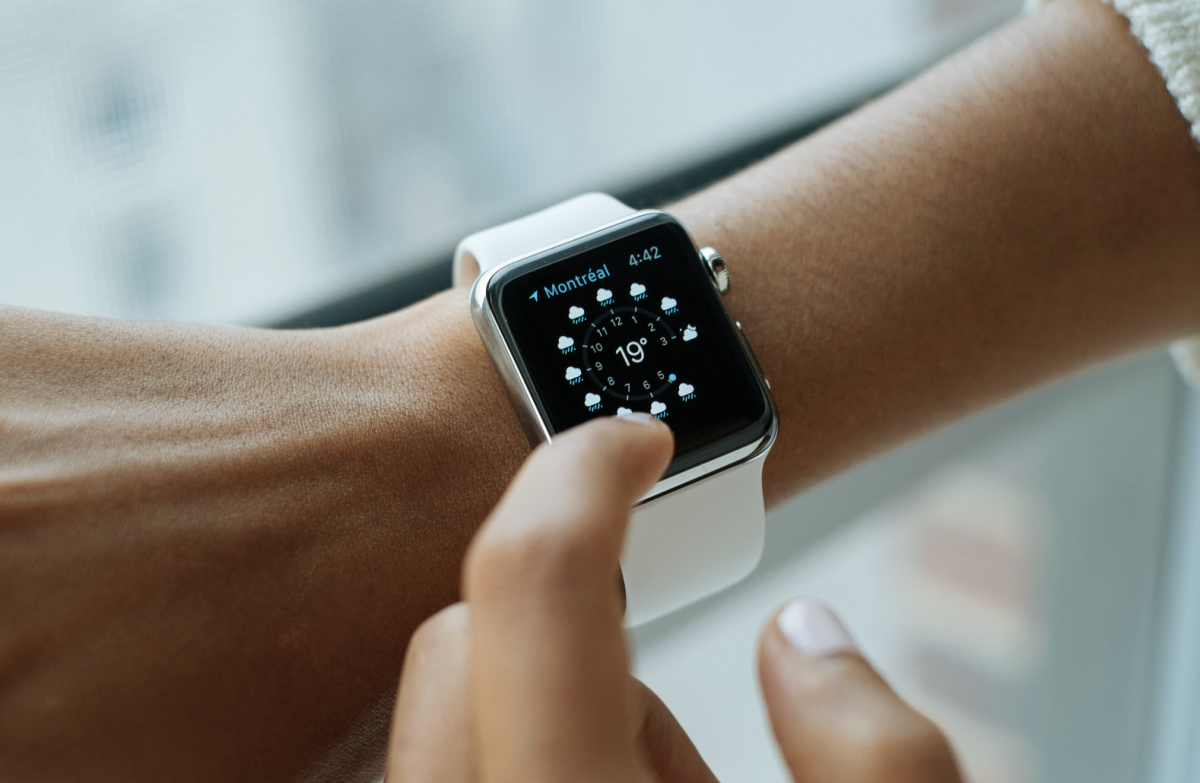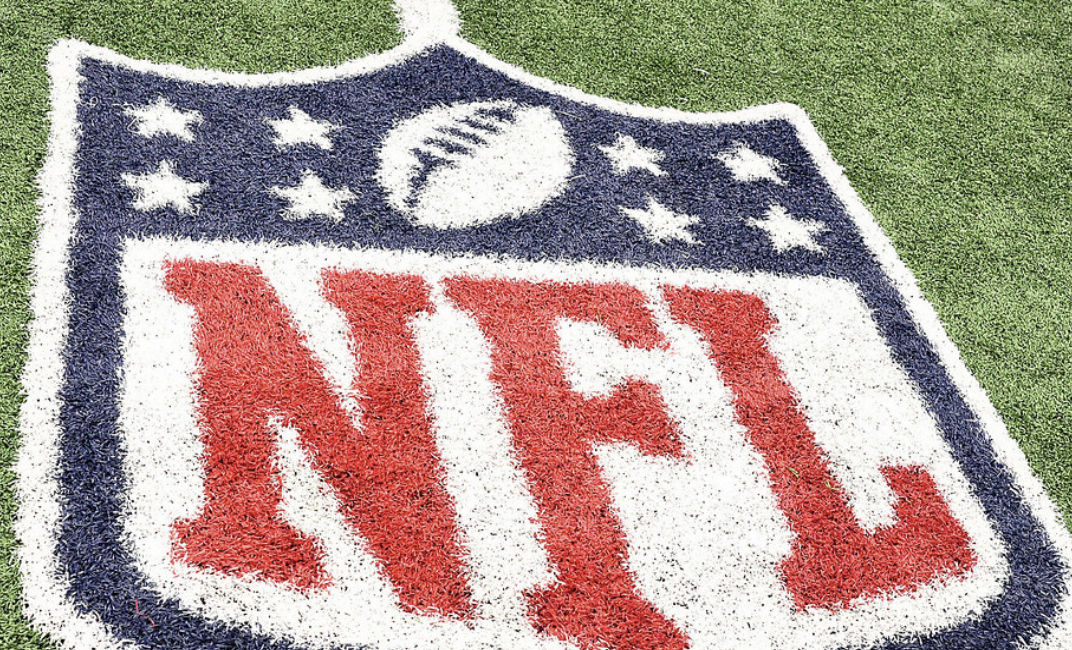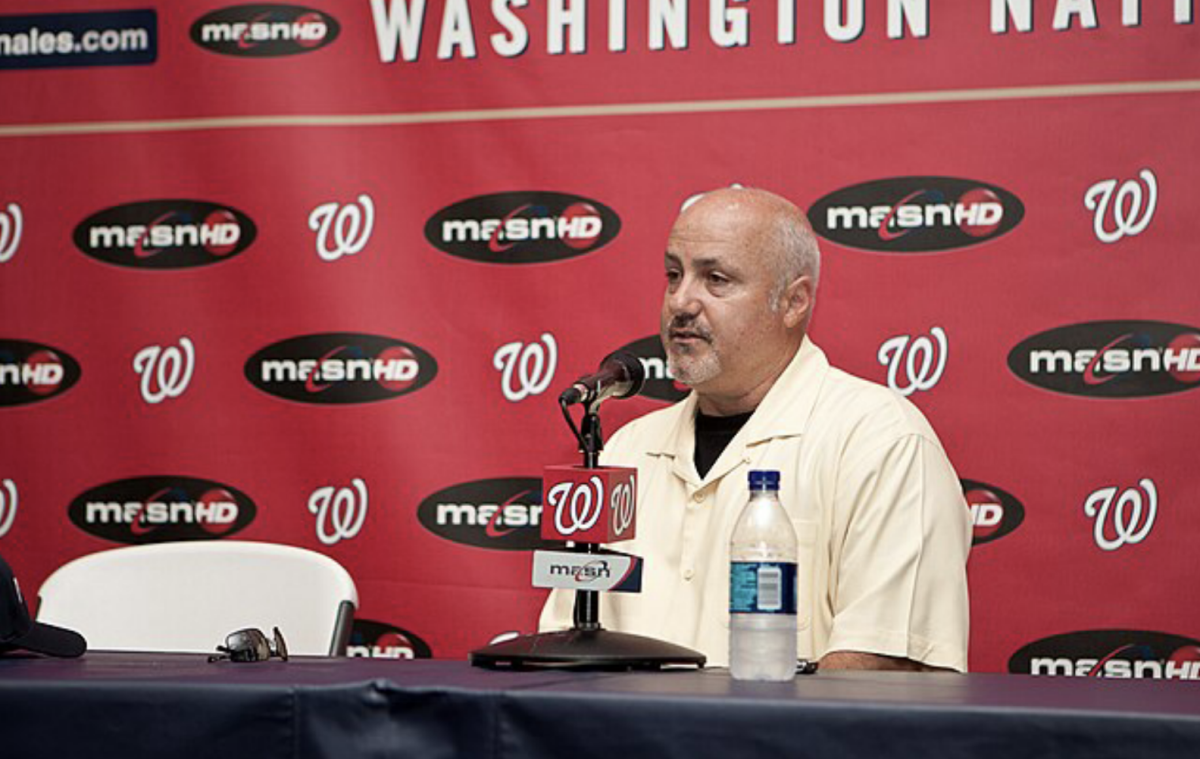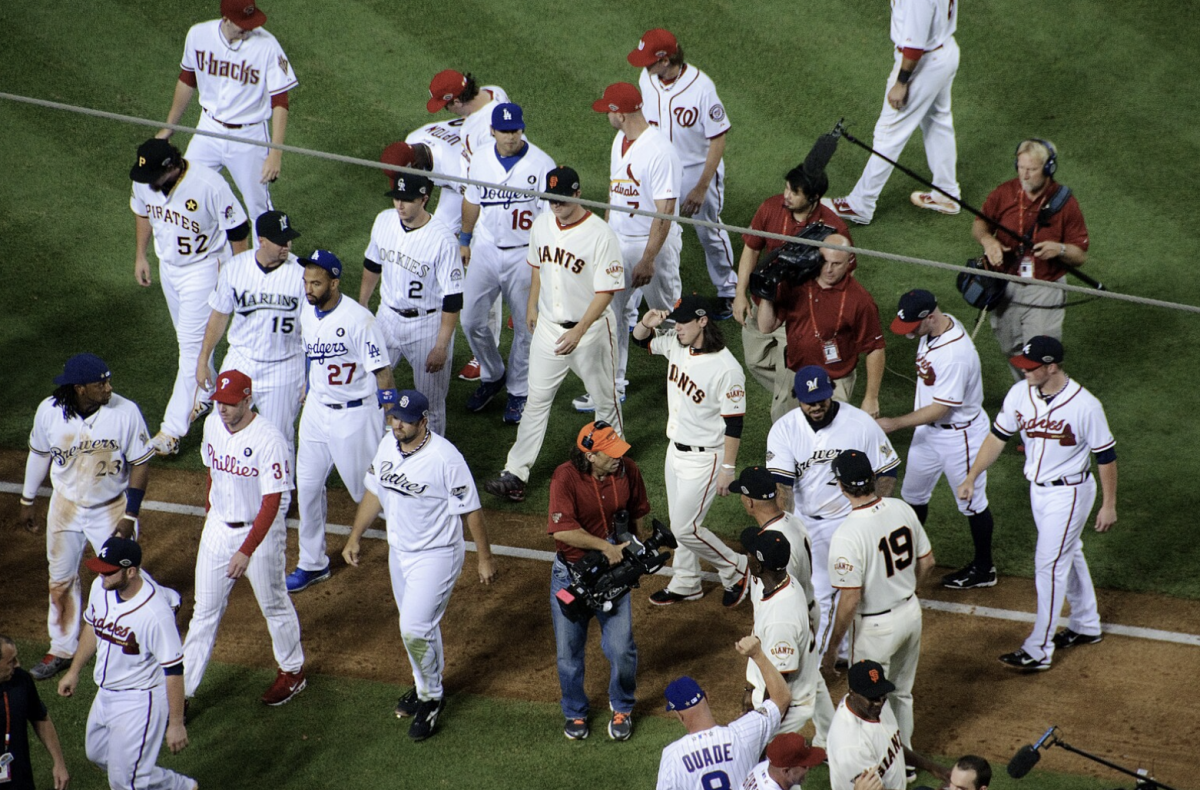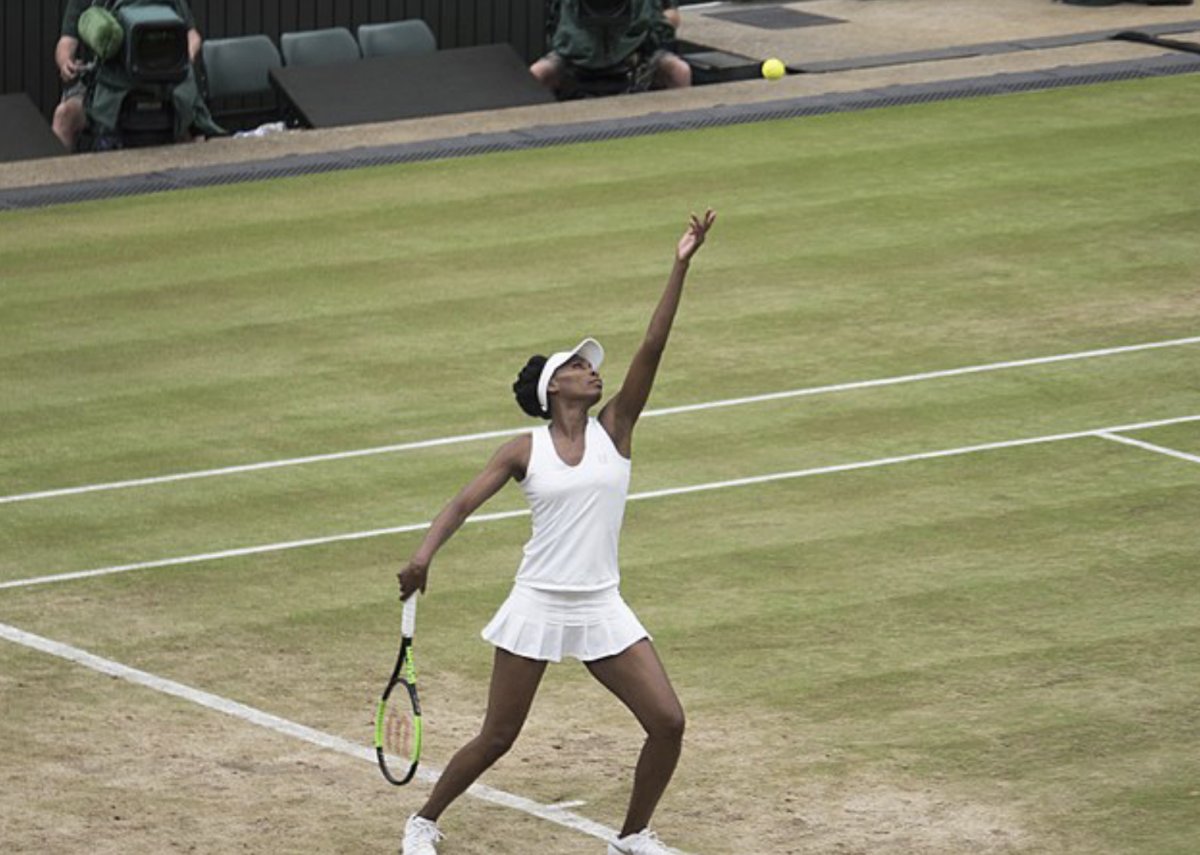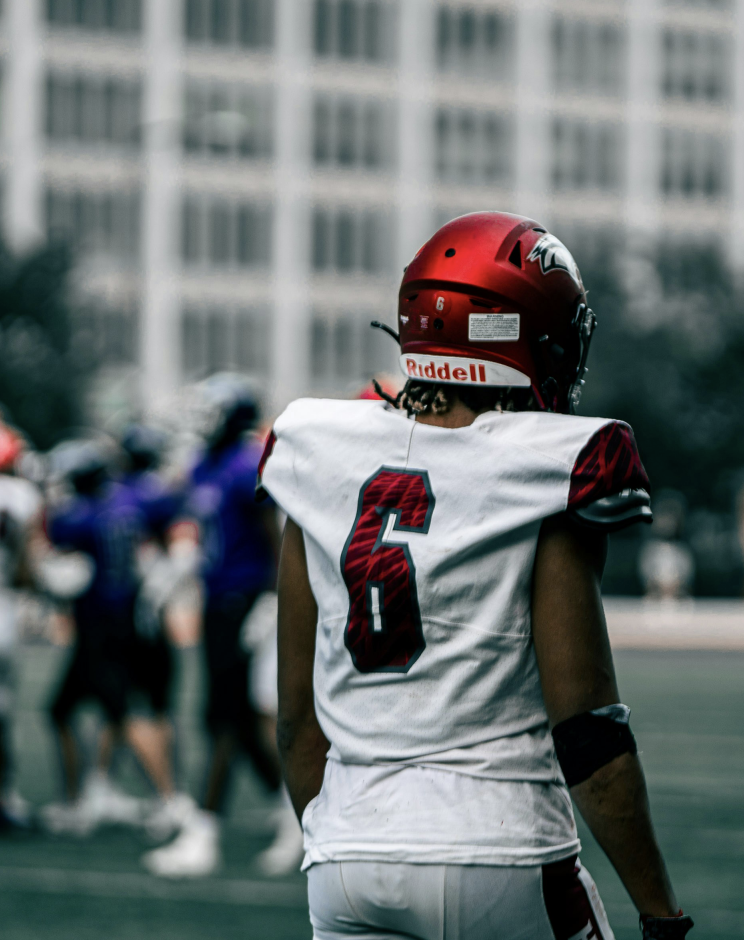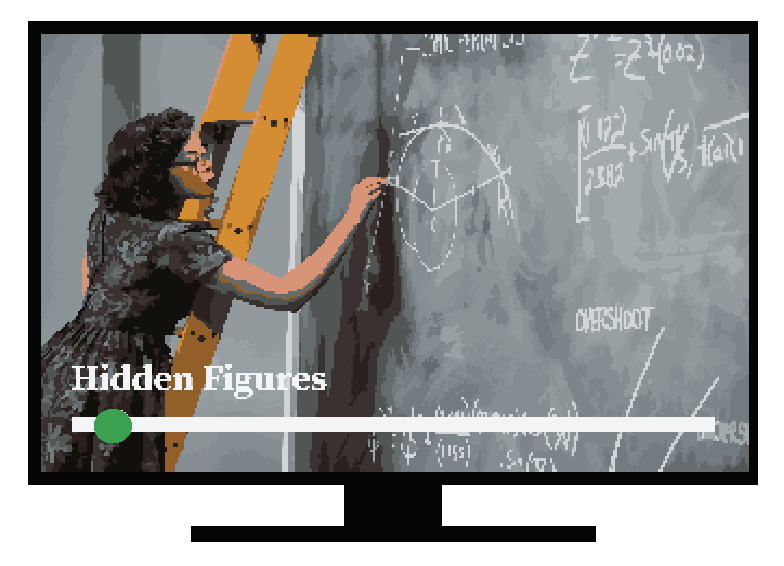The Future of Female Representation in TV and Film
A story must meet three criteria to pass the Bechdel-Wallace Test, a measure of female media representation popularized in the early 2000s. First, it must feature two women. Second, they must have a conversation. Third, the conversation must be about anything other than a man. Though the bar appears low, only about half of all Hollywood movies successfully pass the test.
The existence of the Bechdel-Wallace Test reflects how women are presented in much of TV and film: side characters that exist solely for their male counterparts.
Understanding the advancements women have made in the film industry begins with the birth of Hollywood.
After Hollywood was founded in the early 1900s, film quickly became a mainstream form of entertainment.
Along with most media, film and TV “reflect what’s happening socially in the world,” senior Elson Bankoff, head of the Film and Photography Club, said.
For example, the 1920s was a decade of great expansion for women’s freedoms. The 19th Amendment, which ensured every woman’s right to vote, was ratified. There was growing acceptance of the “modern woman” — a liberated, empowered individual. These freedoms and changes were echoed in film.
On screen, female actors cross-dressed, experimented with newfound styles and even smoked. Women took on new roles in films as secretaries, clerks and more.
During the ’40s, when Audrey Hepburn and Marilyn Monroe rose to fame, women were often characterized by their sexuality. A film archetype portrayed by both legendary movie stars is the “femme fatale,” a seductive woman who manipulates men with her charms.
“It’s controversial,” Bankoff said. “It can be seen as a power that she controls the male, but it also objectifies her, making her only exist within the realm of the male protagonist,” she added.
The femme fatale is everywhere, from 1940s “The Maltese Falcon” to modern films like “The Wolf of Wall Street.” “Legally Blonde,” a coming-of-age comedy that premiered in 2001, presents a modern reimagination of the femme fatale. Adored by the public, the film follows Elle Woods’ journey from sorority president to Harvard Law graduate. When her boyfriend breaks up with her and goes to law school, Woods decides to take the LSAT and follow him there. Defined by her ultra-feminine nature, even law school cannot stop Woods from getting manicures and pedicures, reading “girly” magazines and taking trips to the salon.
“Elle is very self-aware,” Bankoff said. “She is comfortable with who she is and who she wants to be,” she continued.
Despite exaggerated female stereotypes and Woods’ every move being influenced or made possible by a man, “Legally Blonde” is a positive representation of women in film.
While the movie exaggerates Elle’s femininity with her bright pink outfits and bedazzled stationery, the ultimate conclusion is that women can be both feminine and intelligent. Although this should not be a radical idea, films such as the 2002 “Spider-Man” suggest girls having to choose between one and the other.
“Ocean’s 8” is another film that presents women as the multi-dimensional people they are. The movie follows eight women who form the ultimate team and orchestrate an enormous heist at New York City’s iconic Met Gala. Each character in the film has their particular talent: the hacker, the street hustler, the mastermind and the pickpocket, for example. Unlike many other female portrayals in Hollywood, though, the women are not defined by one thing. They are also stay-at-home moms, hot dog stand workers and employees.
“The Wilds” is another example of a majority female cast in which the characters are portrayed as normal, relatable people. In the TV show, a group of eight teenage girls find themselves mysteriously stranded on an island. There are no drastically exaggerated stereotypes, just eight women with their own unique backstories.
Ultimately, Hollywood does not exist without women, making accurate female representation in media integral to its success. Luckily, much progress has already been made. As long as women continue to make their way into the film industry as directors, producers, actors and writers and movements for gender equality endure, the trajectory is promising.
There were moments when actresses existed only to uplift men, but women are on the rise, and that is increasingly reflected in film and TV.


